Brian Koberlein
Brian Koberlein is an astrophysicist and author of the books Astrophysics Through Computation and Radio Sky: 40 Years of the Very Large Array. You can find more of his work on his website.
Recent Articles
-

-
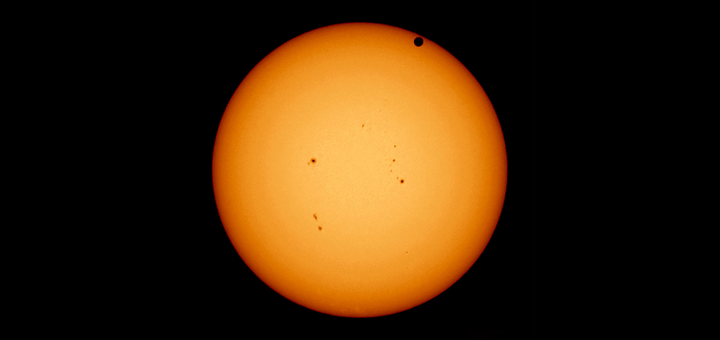
We Can Do More Exoplanet Science By Understanding the Dark Edge of It's Star
October 04, 2025By modeling the limb darkening of a star, astronomers can get a better measure of the transit depth of an exoplanet. This will allow us to get better measurements of the size of exoplanets.
-
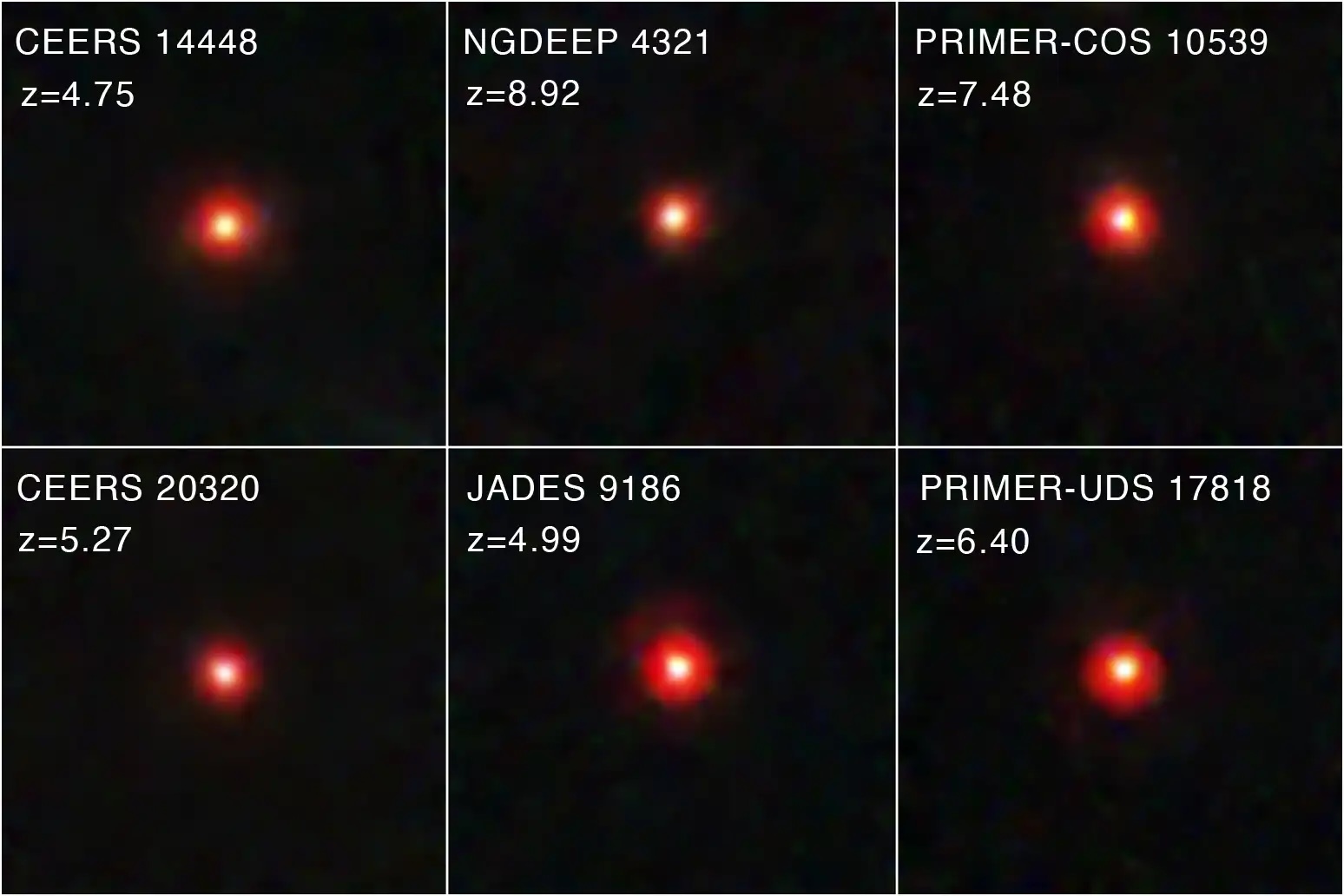
Little Red Dots Eat Fast, But Not Faster Than Eddington
August 05, 2025Little Red Dots are thought to be young supermassive black holes at the center of early galaxies. That would make them young versions of Active Galactic Nuclei. But Little Red Dots don't emit much x-ray light, and we're starting to learn why.
-
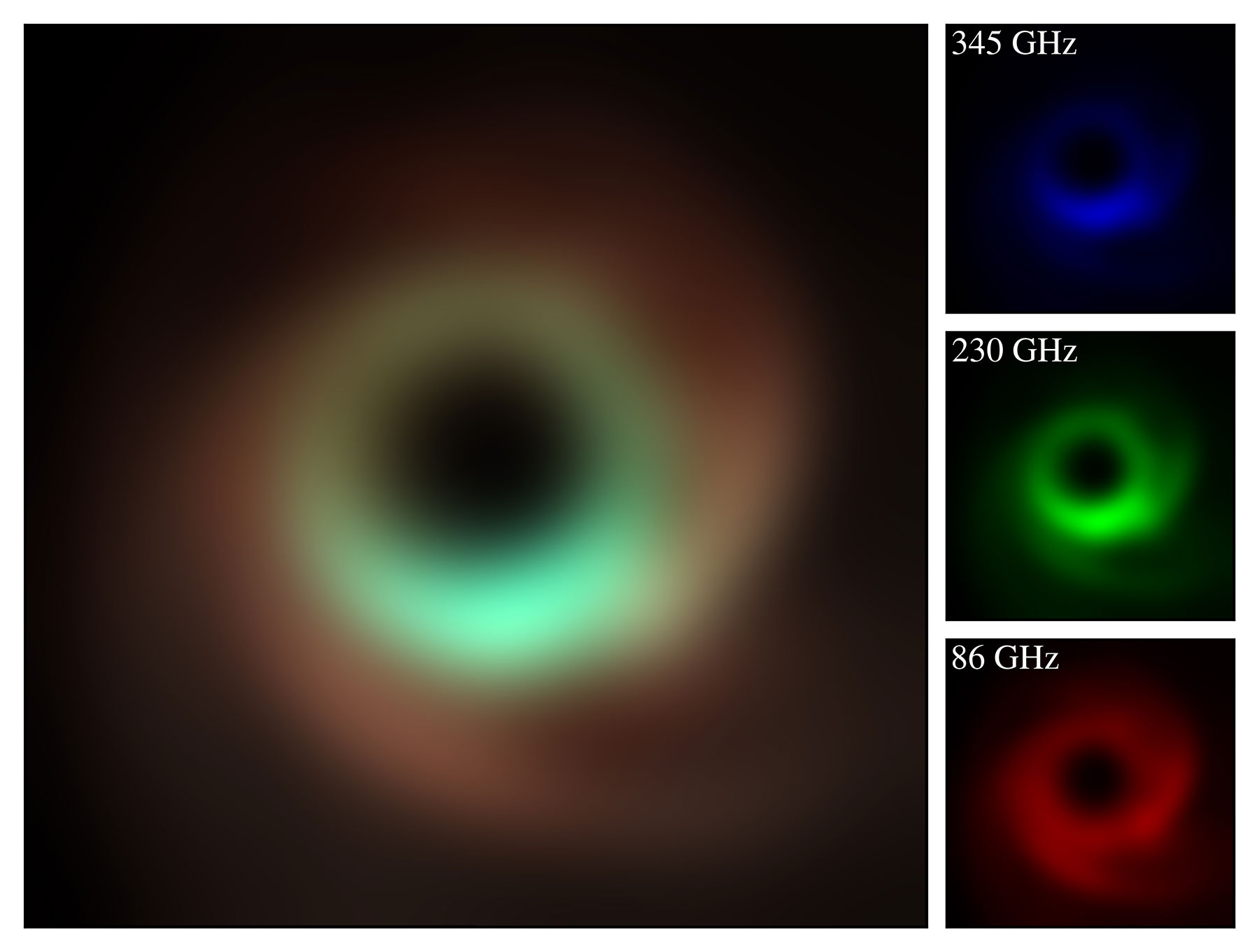
The Event Horizon Telescope's Next Feat? Multi-Color Pictures of Black Holes
May 24, 2025Astronomers with the Event Horizon Telescope have developed a new way to observe the radio sky at multiple frequencies, and it means we will soon be able to capture color images of supermassive black holes.
-
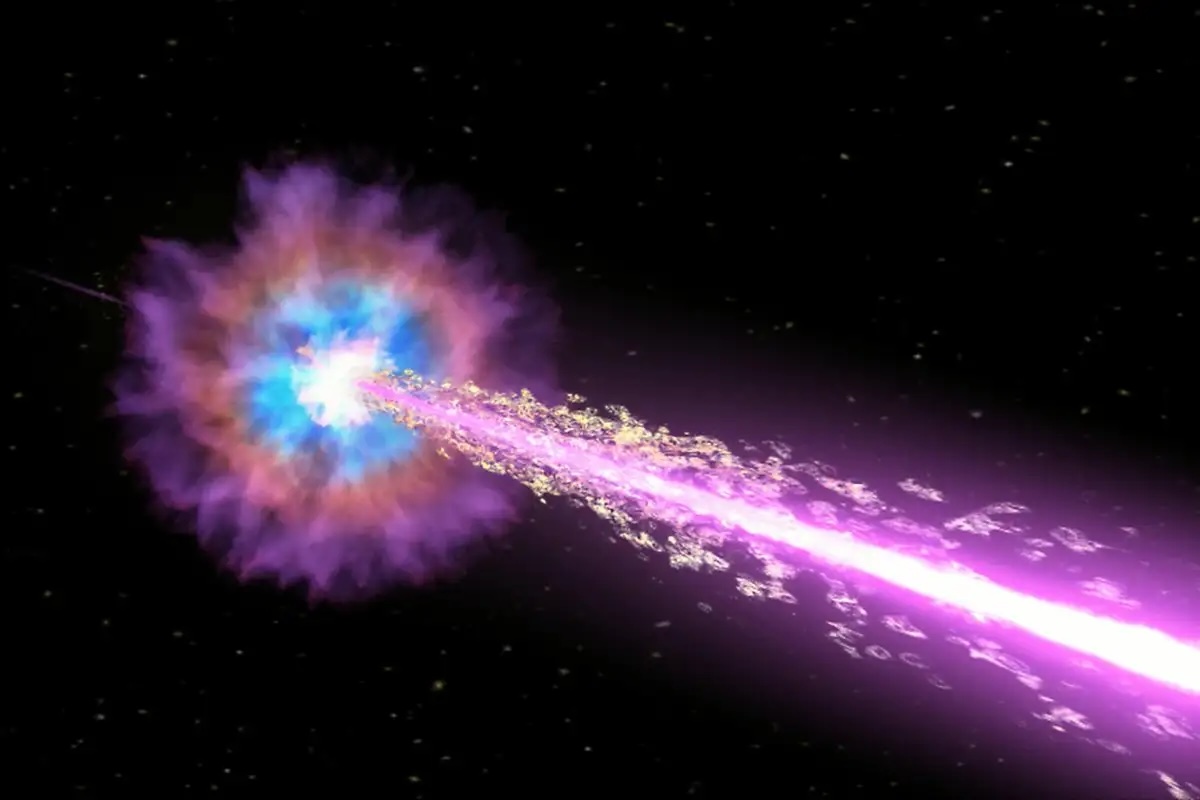
There's No Simple Origin Story for Long Gamma Ray Bursts
May 14, 2025Gamma-ray bursts (GRBs) are the most powerful phenomena in the Universe. First detected during the Cold War, these events beam a tremendous amount of high-energy light our way in a short period of time. They come in two types: short GRBs that last for less than two seconds and long GRBs that last for minutes. Both types have mysterious origins. Short GRBs could be caused by the collisions of neutron stars or perhaps the powerful flares of a magnetar. Observations of long GRBs suggest they are caused by a powerful supernova called a hypernova, where a massive star collapses to become a black hole. But a new study suggests that the origins of long GRBs are more diverse.
-
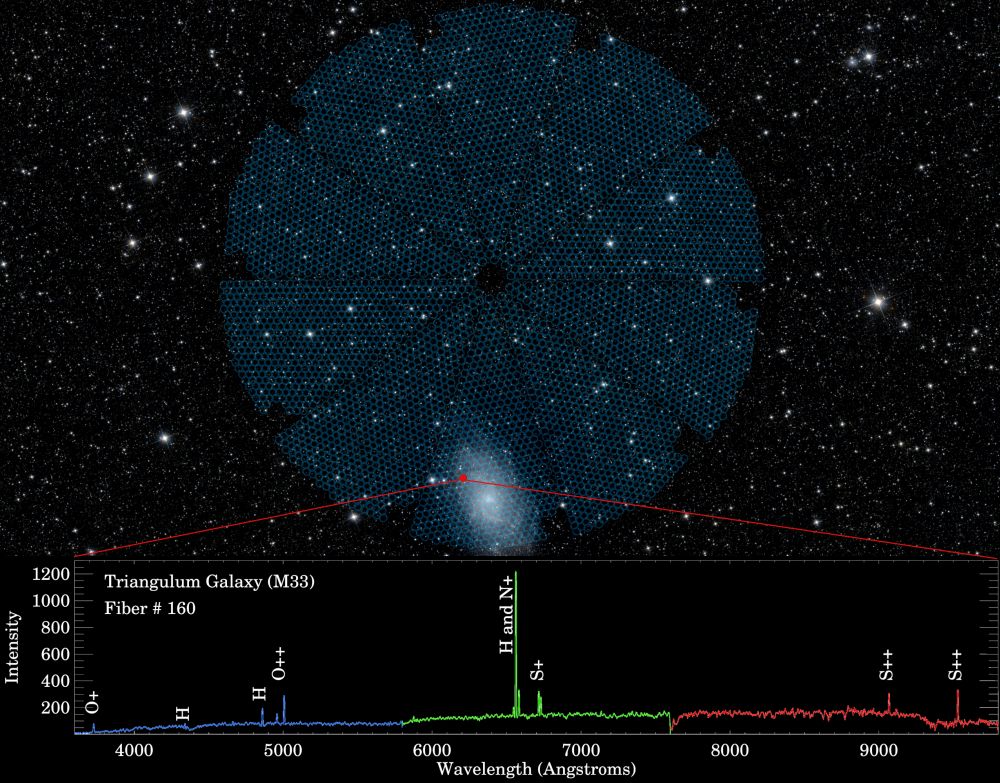
Could Dark Matter Be Evolving Over Time, and Not Dark Energy?
May 13, 2025For a while now, there has been a problematic mystery at the heart of the standard cosmological model. Although all observations support the expanding Universe model, observations of the early period of the cosmos give a lower rate of acceleration than more local observations. We call it the Hubble tension problem, and we have no idea how to solve it. Naturally, there have been several proposed ideas: what if general relativity is wrong; what if dark matter doesn't exist; what if the rate of time isn't uniform; heck, what if the entire Universe rotates. So, let's add a new idea to the pile: what if dark matter evolves?
-
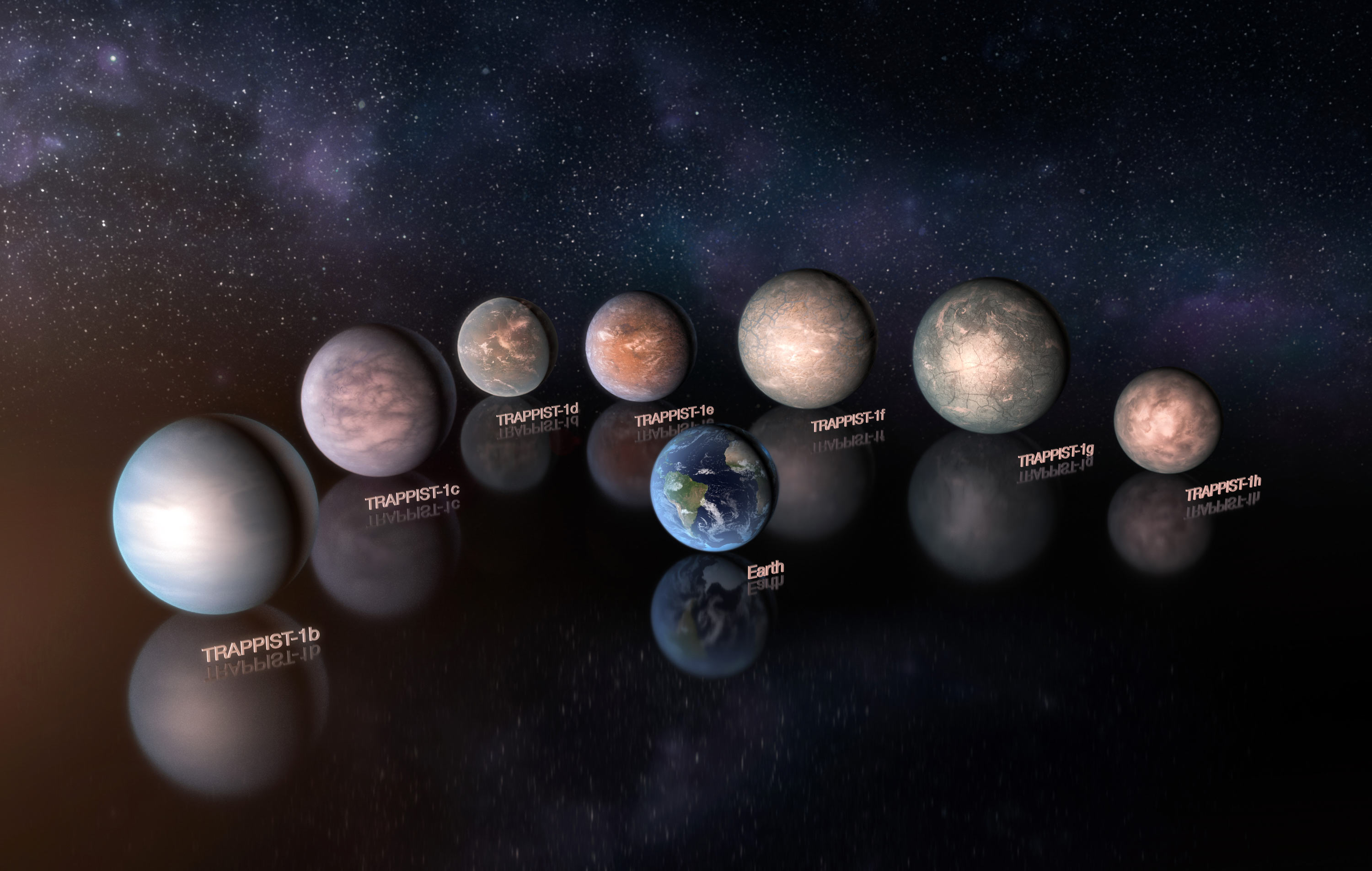
Want to Find Life? You'll Want Several Exoplanets in the Same System to Compare
May 09, 2025Most astronomers agree that life is likely common throughout the Universe. While Earth is the only world known to have life, we know that life arose early on our world, and the building blocks of life, including amino acids and sugars, form readily. We also know there are countless worlds in the cosmos that might be home for life. But just because life is likely, that doesn't mean proving it will be easy. Many of the biosignatures we can observe can also have abiotic origins. So how can we be sure? One way is to compare our observations of a habitable world with other worlds in the system.
-
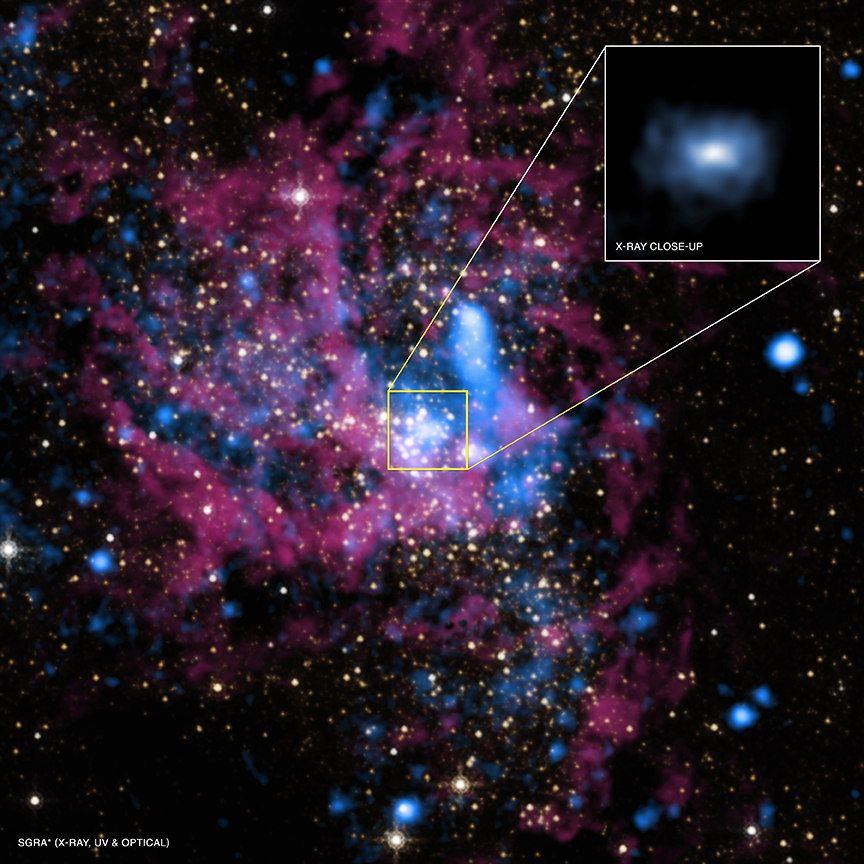
There's a Chorus of Gravitational Waves Coming from the Core of the Milky Way. Will We Hear Them?
May 07, 2025There is a supermassive black hole at the center of our galaxy, and it's not alone. There is also likely a forest of binary black holes, neutron stars, and white dwarfs. All of these emit gravitational waves as they gradually spiral ever closer together. These gravitational waves are too faint for us to detect at the moment, but future observatories will be able to observe them. This poses an interesting astronomical challenge.
-
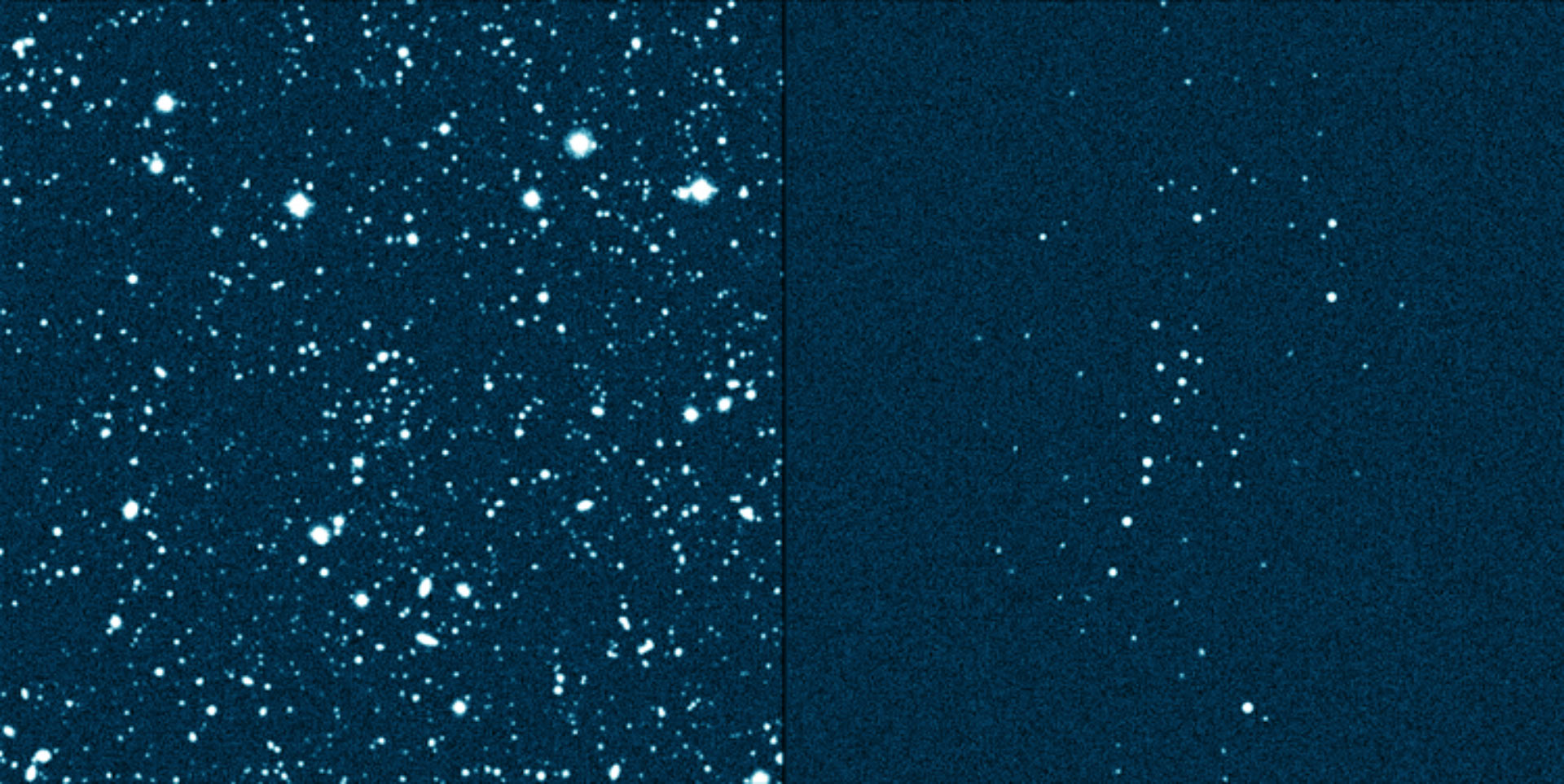
It's Either the Milky Way's Farthest Known Star Cluster or the Smallest Known Galaxy.
May 05, 2025How do you distinguish a galaxy from a mere cluster of stars? That's easy, right? A galaxy is a large collection of millions or billion of stars, while a star cluster only has a thousand or so. Well, that kind of thinking won't get you a Ph.D. in astronomy! Seriously, though, the line between galaxy and star cluster isn't always clear. Case in point, UMa3/U1.
-
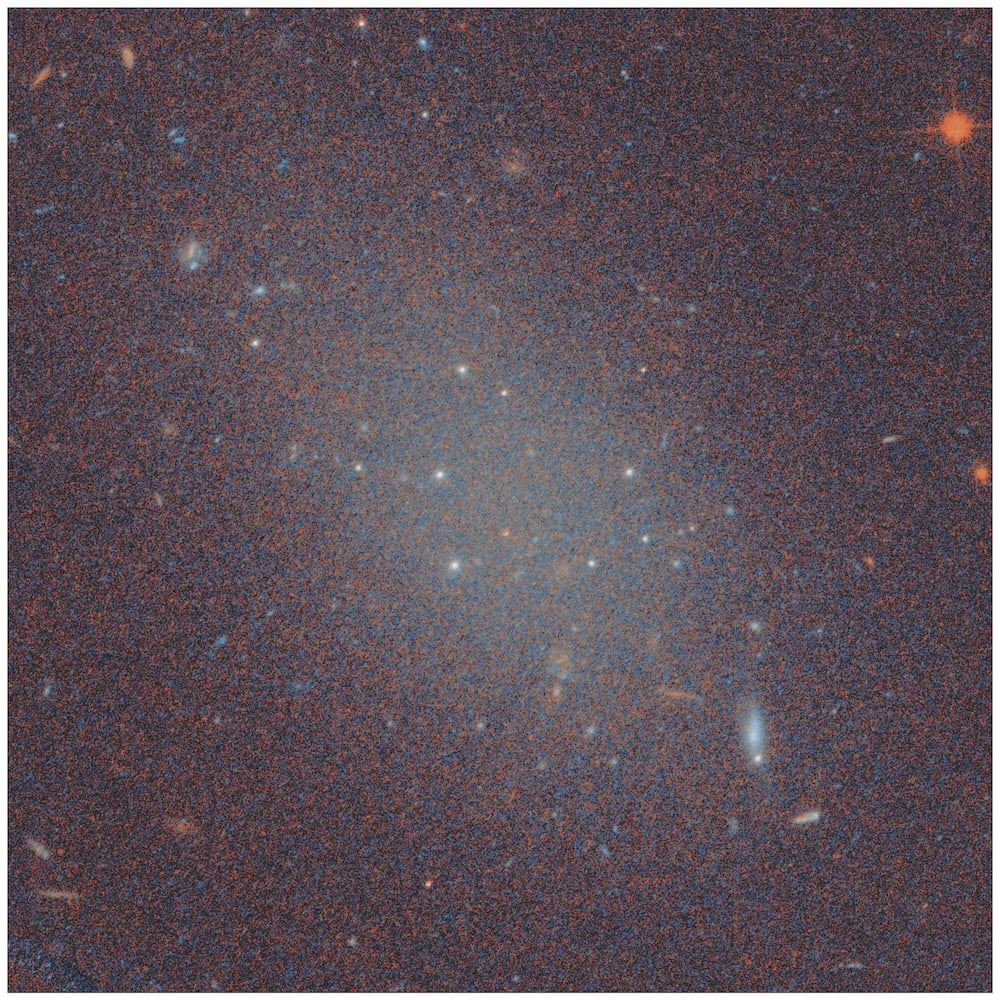
An Ultra-Diffuse Galaxy Found With Almost No Dark Matter
April 25, 2025 -
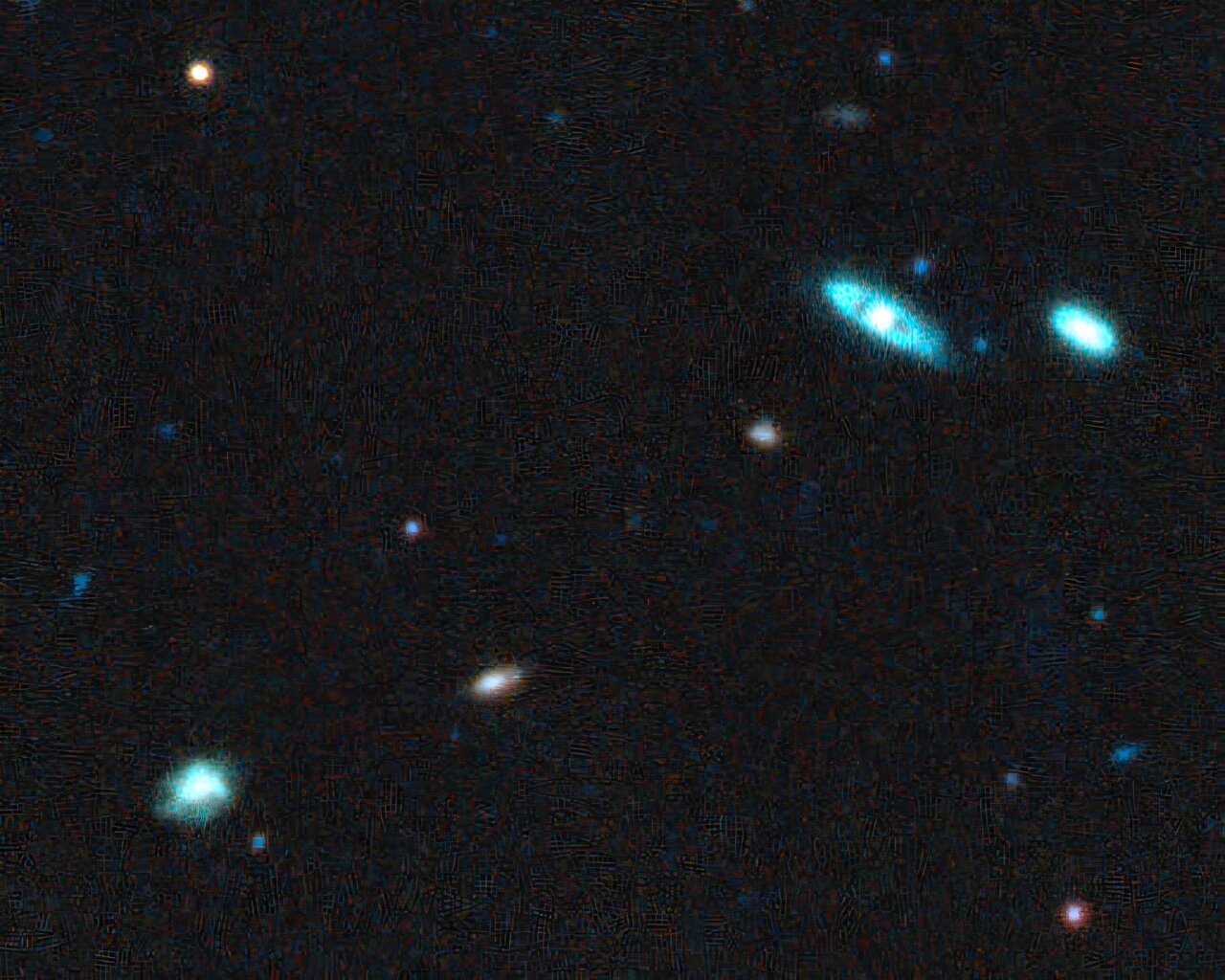
Half the Stellar Mass in the Universe Formed During Cosmic Noon
April 24, 2025About 380,000 years after the Big Bang, the first atoms formed. The first light of what we now see as the cosmic microwave background was released, and the primordial hydrogen and helium grew cold and dark. The cosmos entered a dark age for about 100 million years until the first stars and galaxies started to form. You could say the rise of galaxies marked cosmic morning. But star formation didn't really kick into gear for another 2-3 billion years, during what astronomers call cosmic noon. This period can be difficult to observe, but a new study gives us an unprecedented view of this epoch.
-
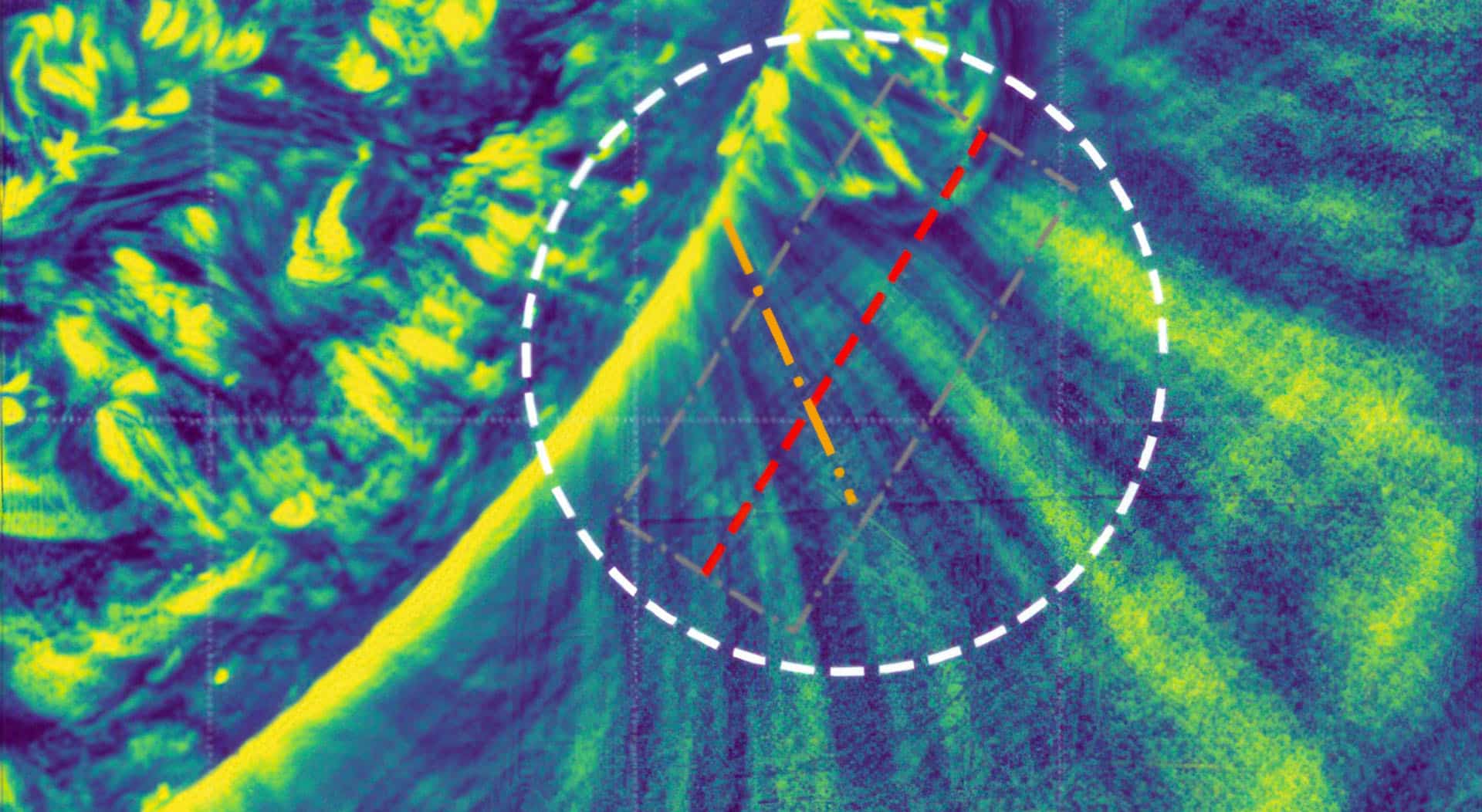
Seeing the Waves that Make the Sun's Corona So Hot
April 23, 2025If you happen to be enjoying a sunny day, thank the bright surface of the Sun, known as the photosphere. At a piping hot temperature of about 5,800 K, the photosphere provides nearly all the sunlight Earth receives. But for all its glorious radiance, the photosphere isn't the hottest part of the Sun. That award goes to the diffuse outer atmosphere of the Sun known as the corona, which has a temperature of more than a million Kelvin. Parts of the corona can be as hot as 20 million Kelvin, which is hotter than the Sun's core. Of course, the big mystery is why the corona is so hot.
-
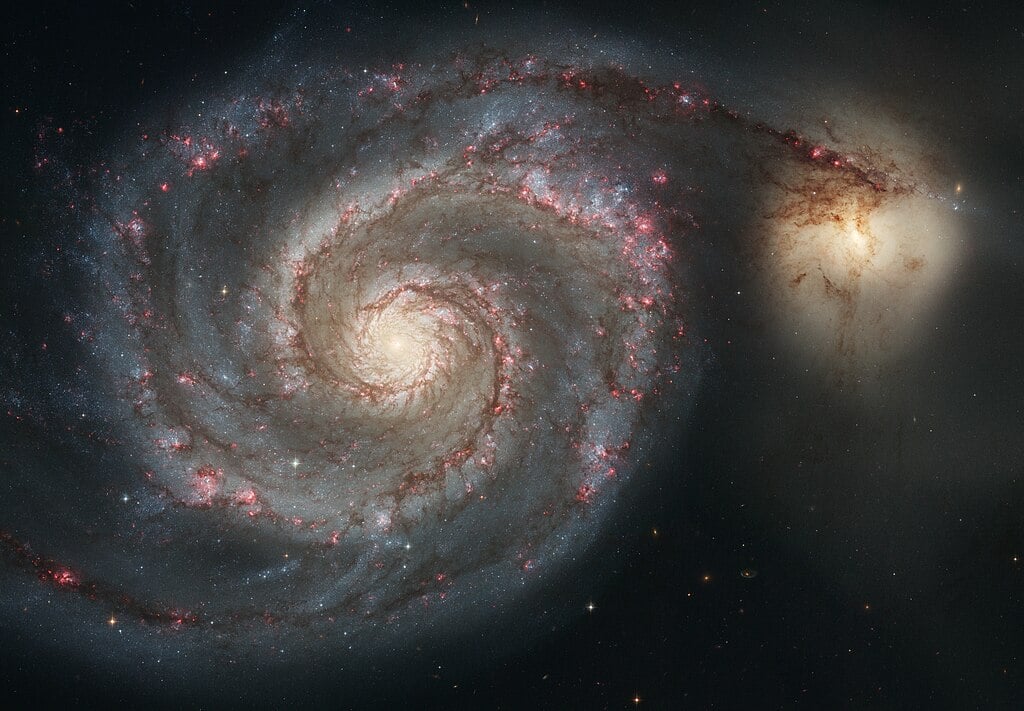
An Interesting Solution to the Hubble Tension: The Universe is Slowly Spinning
April 17, 2025Everything in the Universe spins. Galaxies, planets, stars, and black holes all rotate, even if just a bit. It comes from the fact that the clouds of scattered gas and dust of the cosmos are never perfectly symmetrical. But the Universe as a whole does not rotate. Some objects spin one way, some another, but add them all up, and the total rotation is zero. At least that's what we've thought. But a new study suggests that the Universe does rotate, and this rotation solves the big mystery of cosmology known as the Hubble tension.
-
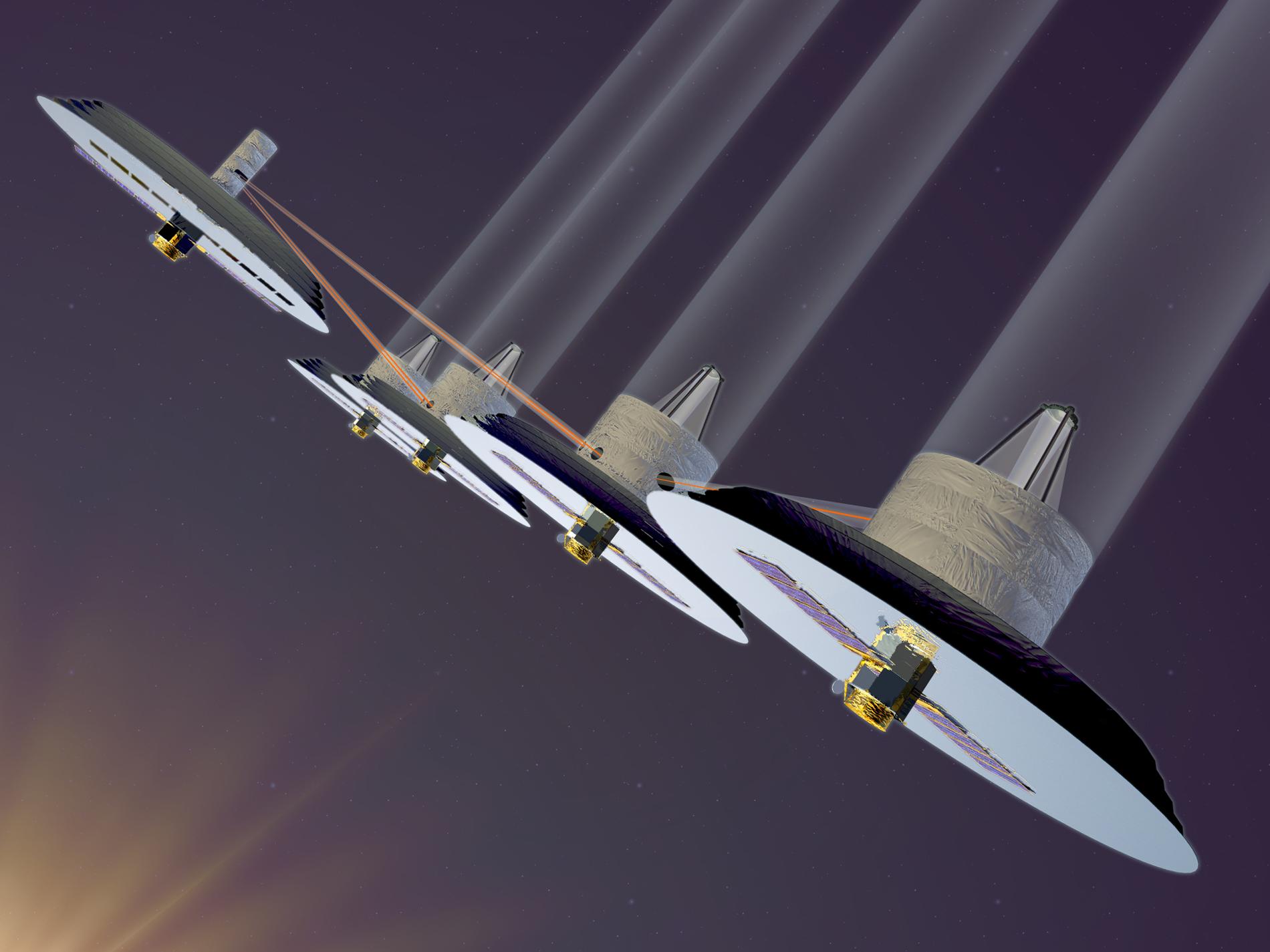
It's Time to Build a Space Telescope Interferometer. This Could be the First Step
April 16, 2025The dream of finding life on an alien Earth-like world is hampered by a number of technical challenges. Not the least of which is that Earth is dwarfed by the size and brightness of the Sun. We might be able to discover evidence of life by studying the molecular spectra of a planet's atmosphere as it passes in front of the star, but those results might be inconclusive. The way to be certain is to observe the planet directly, but that would take a space telescope with a mirror 3–4 times that of Webb.
-
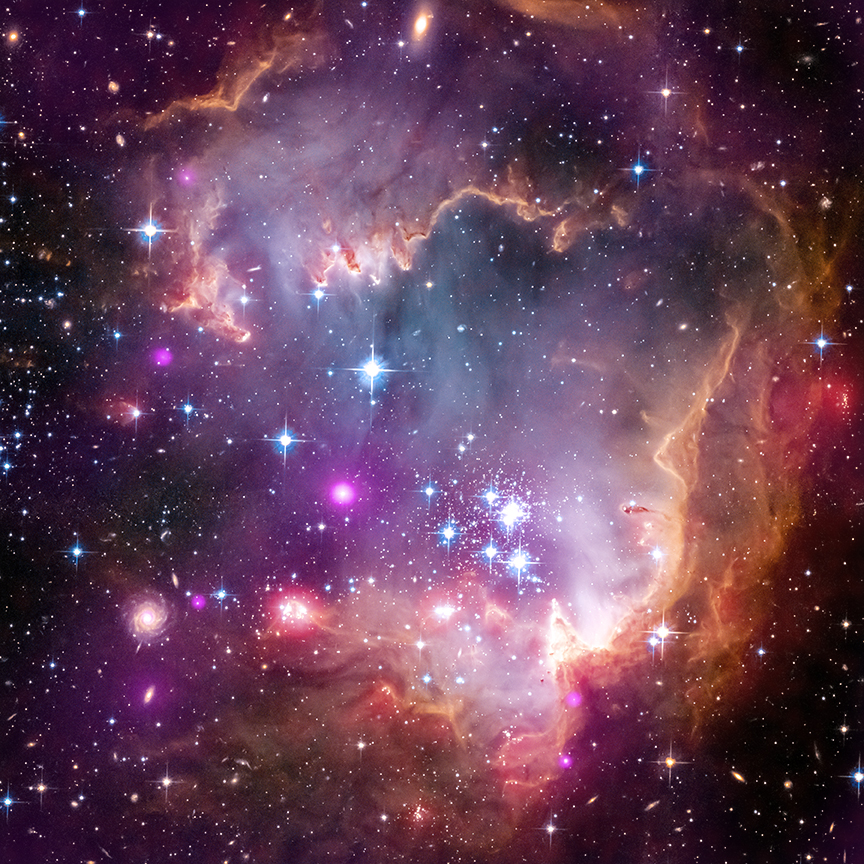
The Most Metal Poor Stars are Living Fossils from the Beginning of the Universe
April 15, 2025Our Sun, like all stars, is made mostly of hydrogen and helium. They are by far the most abundant elements, formed in the early moments of the Universe. But our star is also rich in other elements astronomers call "metals." Carbon, nitrogen, iron, gold, and more. These elements were created through astrophysical processes, such as supernovae and neutron star collisions. The dust of long-dead stars that gathered together into molecular clouds and formed new, younger stars such as the Sun. Stars rich in metals. But there are still stars out there that are not metal rich. These extremely metal-poor stars, or EMPs, hold clues to the origin of stars in the cosmos.
-
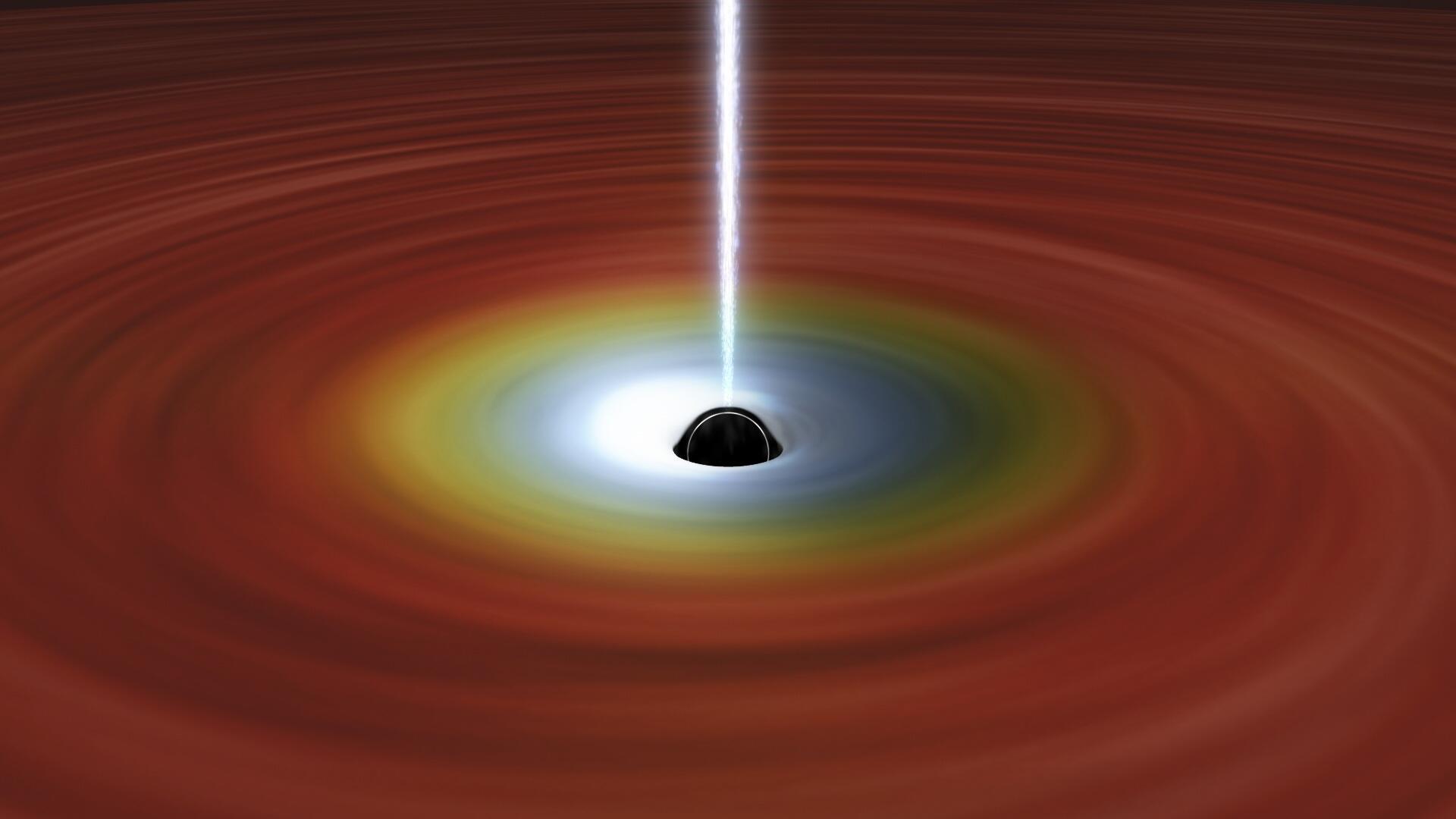
How Black Holes Can Emit Powerful Jets
April 14, 2025We've long known that black holes can produce powerful jets of ionized gas. These jets stream away from the black hole at nearly the speed of light. Jets produced by supermassive black holes are so powerful they are seen as quasars from billions of light-years away. But when you think about it, jets are a bit counterintuitive. Black holes trap and consume material through their tremendous gravity, so how can they push streams of material away? A recent study in Publications of the Astronomical Society of Japan shows how it works.
-
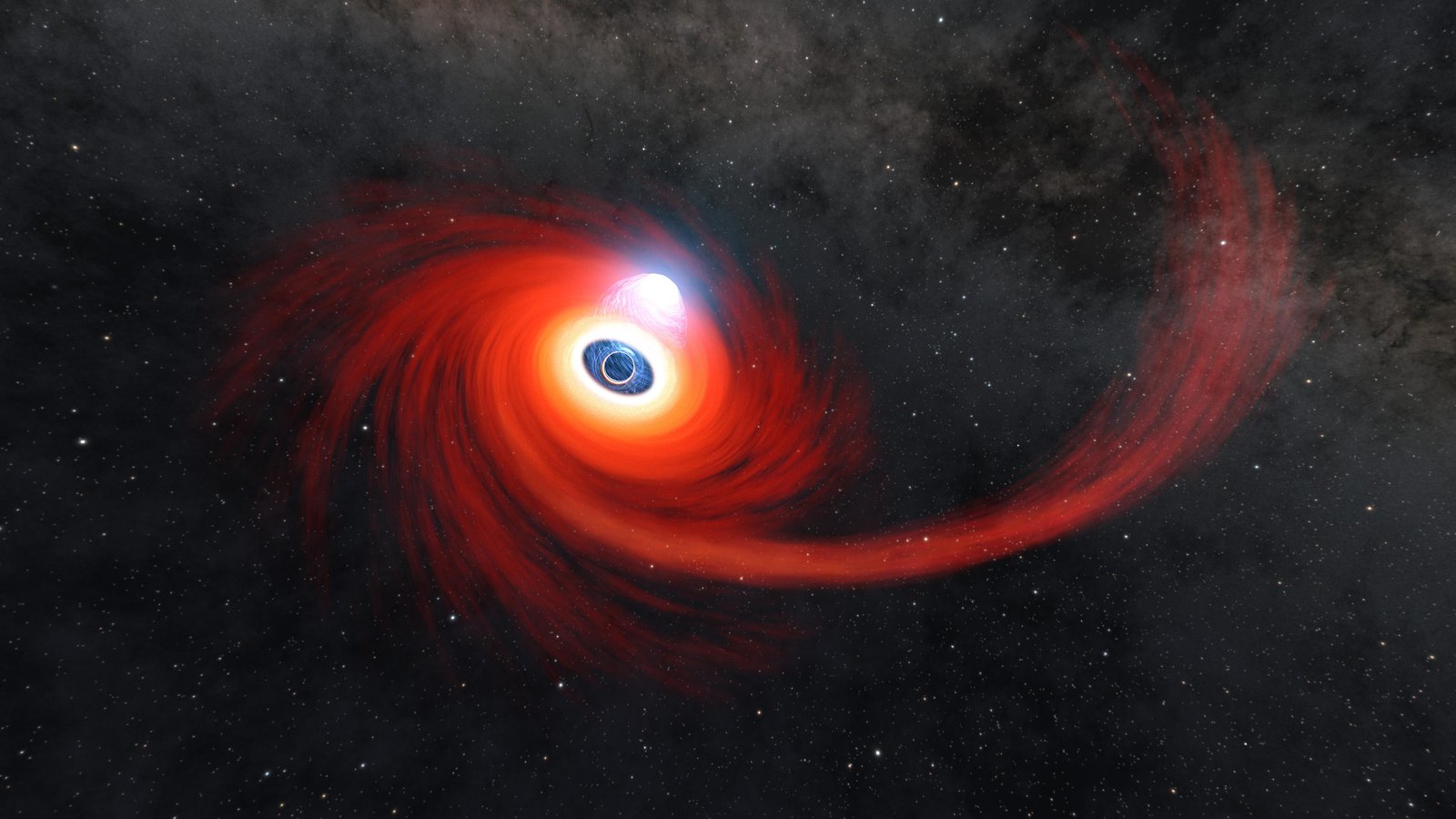
Supermassive Black Holes Could Strip Stars Down to their Helium Cores
April 08, 2025We all know that black holes can devour stars. Rip them apart and consume their remnants. But that only happens if a star passes too close to a black hole. What if a star gets close enough to a star to experience strong tidal effects, but not close enough to be immediately devoured? This scenario is considered in a recent paper on the arXiv.
-
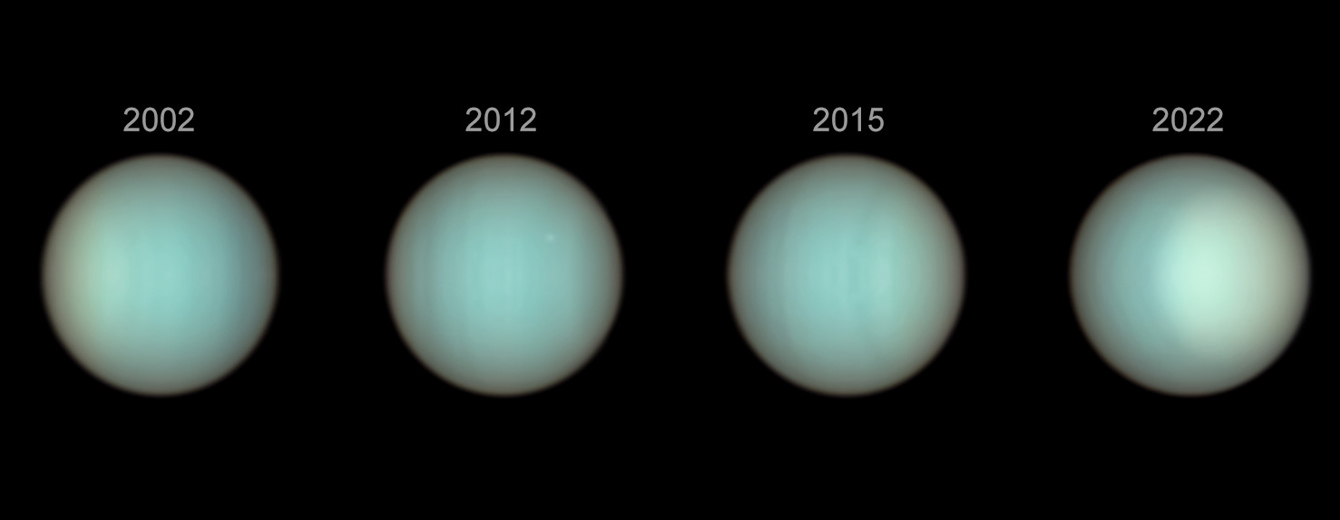
20 Years of Uranus Observations by Hubble Show a Changing Planet
April 06, 2025In 1986, the Voyager 2 spacecraft made a flyby of Uranus. It gave us the first detailed images of the distant world. What was once only seen as a featureless pale blue orb was revealed to be...well, a mostly featureless pale blue orb. The flyby gave astronomers plenty of data, but the images Voyager 2 returned were uninspiring. That's because Voyager only viewed Uranus for a moment in time. Things change slowly on the ice giant world, and to study them you need to take a longer view.
-
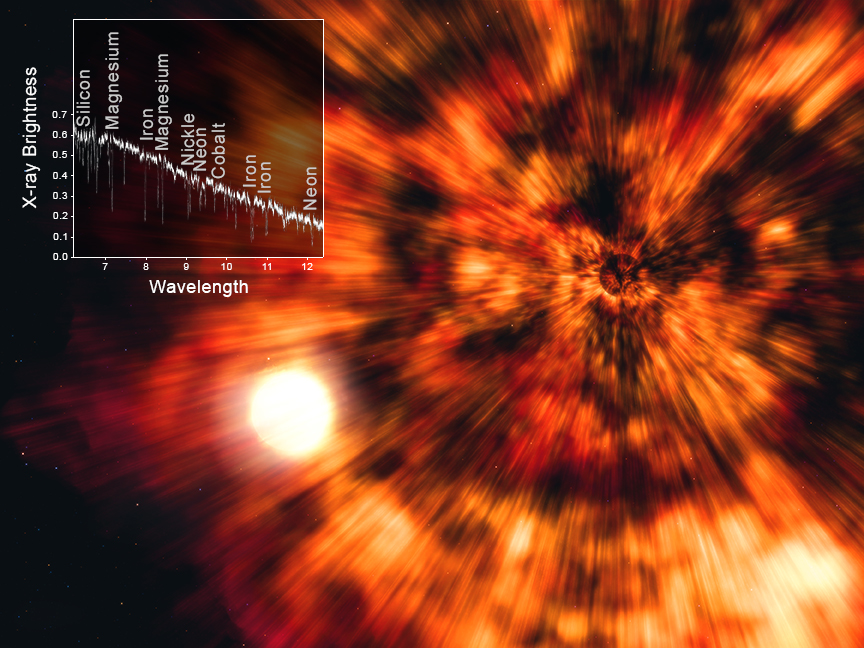
Black Hole Found Consuming its Own History
April 01, 2025One of the common misconceptions about black holes is that they devour not only matter, but also the history of that matter. So when a black hole forms, you can only guess how it came to be. That isn't entirely true. Informational history is only lost when matter crosses the event horizon, and perhaps not even then. The material surrounding a black hole still has a rich history. In a recent study, astronomers have used that history to uncover the origins of a black hole system.
-
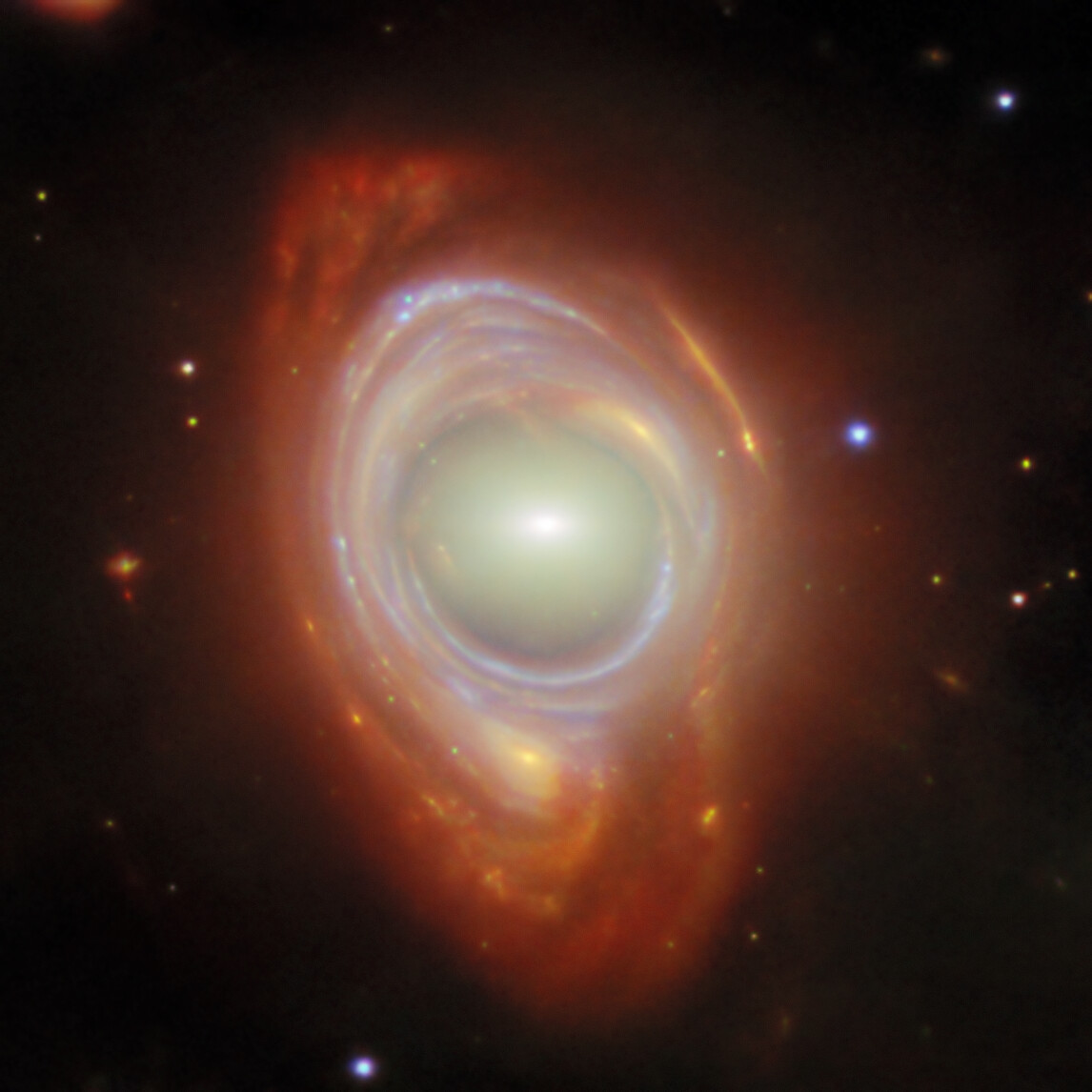
A Dramatic Einstein Ring Seen by Webb
March 31, 2025One of the first verified predictions of general relativity is the gravitational deflection of starlight. The effect was [first observed in 1919 during a total solar eclipse.](https://briankoberlein.com/post/einstein-and-eddington/) Since stars appear as points of light, the effect is seen as an apparent shift in the position of stars near the eclipse. But the effect happens more generally. If a distant galaxy is obscured by a closer one, some of the distant light is gravitationally lensed around the closer galaxy, giving us a warped and distorted view of the faraway stars. This effect can also magnify the distant galaxy, making its light appear brighter, and we have used this effect to observe some of the most distant stars in the Universe.
 Universe Today
Universe Today